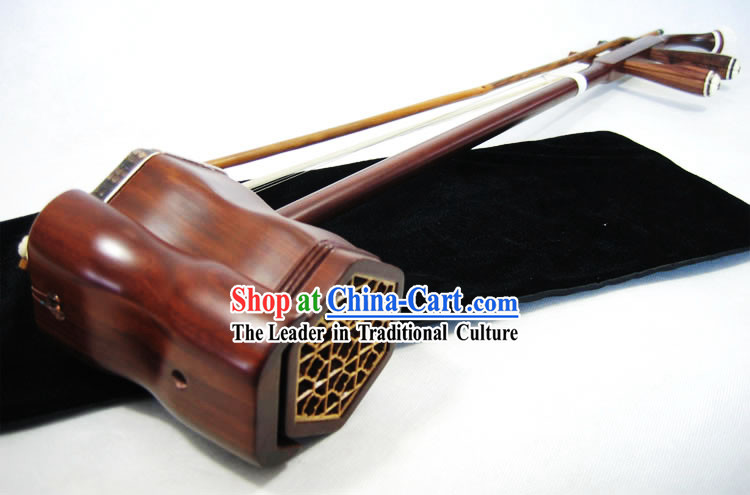

In the 21st century performances of Guzheng became popular in many countries. In the 19th century, its performance became popular and was learned by many people, who developed new ways to perform. Zheng have a 2,500 year history, beginning in the Qin dynasty. Accordingly, the zheng is louder and suitable for performing to groups of people. Zheng have 21 strings (in contrast to guqin, which have seven). Many paintings of that time show the pipa. Emperors as well as ordinary families all played pipa in daily life. In Tang dynasty, pipa was popular in the palace. Playing the instruments with the hand forward or backward controls whether the sound is pi or pa. This instrument appeared two thousand years ago. Modern instruments use more durable metal strings, rather than silk. Its timbre is strong, and songs for erhu always describe wars, desert, and for people far from home to tell their how much they miss their families.Įrhu have two strings. Their original role was for soldiers in frontier regions. At the beginning, erhu were called huqin since they were invented by an ethnic group that lived in northern China. Erhu ErhuĮrhu first appeared during the Tang dynasty. Most rare-wood guqin are protected in museums. In the past, rich families and royalties preferred to use rare woods to make the guqin, such as nanmu, Pterocarpus santalinus, or mahogany. Guqin is commonly made of paulownia wood, which makes the guqin lighter and its tone sweeter than other woods. These instruments were developed over thousands of years. The most common Chinese stringed instruments are the guqin, zheng, erhu, and pipa. This form of performance started from the Jin dynasty (266–420). Stringed music is prominent in China, especially in the Jiangnan region, where it is the name of all the instruments made from wood and string. Please introduce links to this page from related articles try the Find link tool for suggestions. This article is an orphan, as no other articles link to it.


 0 kommentar(er)
0 kommentar(er)
